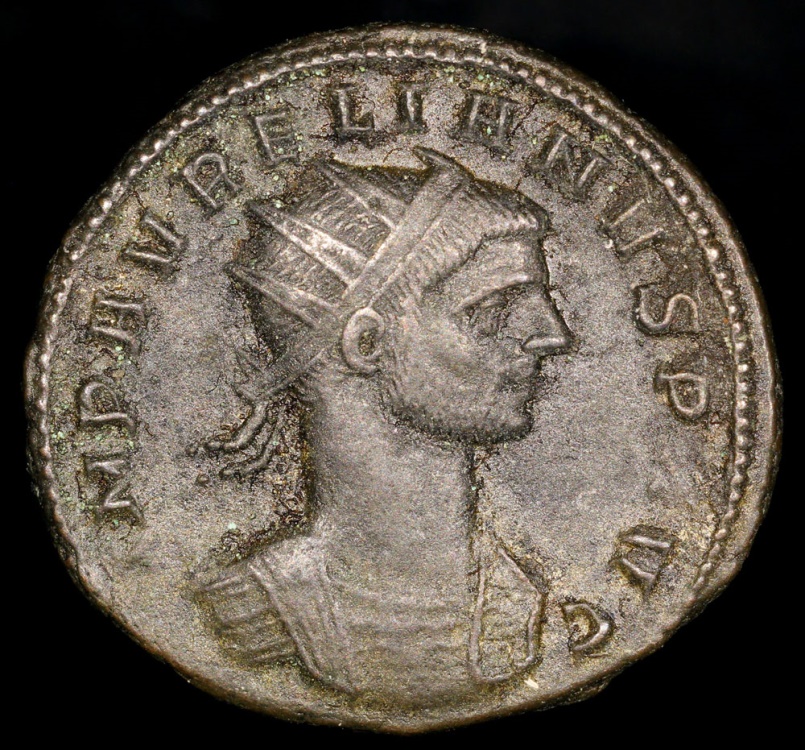


To keep the citizens of Rome happy and to maintain order in the imperial capital, Aurelian increased the amount of free food distributed to the populace. They remain in place till today, almost intact, withstanding the test of time.Īurelian Was a Great Reformer Coin of Aurelian, showing Sol Invictus on the reverse, 270-275 CE, The British Museum, LondonĪfter defeating Rome’s numerous enemies, Emperor Aurelian could focus on governing the reunified Roman Empire. The walls would remain Rome’s main perimeter up to the 19th century. This huge engineering feat – the largest in a century, made Rome a veritable fortress. The so-called Aurelian walls, 19 kilometers long and 6 meters tall, enclosed all of Rome’s seven hills, Campus Martius, and on the right bank of Tiber, Trastevere district.

With this in mind, he decided to fortify Rome with a massive wall. He Also Built the Famous Walls of Rome The Aurelian Walls, Porta Asinaria (the two towers are fifth-century addition by emperor Honorius), Rome, via ColosseumRomeĪfter expelling the barbarians from Italy, Aurelian realized that the imperial heartland and the capital needed better protection. He was indeed the Restitutor Orbis – “Restorer of the World.” In less than five years, Aurelian stabilized the frontiers of Rome and reunited the Empire on the verge of collapse. Then, Aurelian led his troops West, defeating and dismantling the upstart Gallic Empire. Aurelian’s legions first moved East and defeated Zenobia, restoring control over Egypt, the breadbasket of the empire, and taking hold of the vital Silk Roads. Besides the legitimate emperor in Rome, there was an independent Gallic Empire in the West, while in the East, Queen Zenobia ruled over the Palmyrene Empire. A decade before Aurelian took power, the Empire had disintegrated into several parts. Yet, emperor Aurelian, a hardened battle commander, managed to assemble the troops, defeat and repel the invaders.Įmperor Aurelian Stabilized the Roman Frontier An illustration depicting the Roman soldiers of the Aurelian’s army, by Nikolay ZubkovĪurelian Restored the Unity of the Roman Empire Zenobia’s last look on Palmyra, Herbert G Schmalz, 1888, Art Gallery of South Australia, AdelaideĪurelian’s greatest achievement, however, was the reunification of the Roman Empire. The way to Rome was open, causing widespread panic. In 271, the Germanic invaders crossed the Po River and annihilated the imperial legions sent to stop them. Shortly after taking the purple, Aurelian had to face one of greatest threats to the Empire since the time of Hannibal Barca and his invasion of Italy. To start with, the barbarians threatened the security of the imperial frontier. In the autumn of 270, following the acclamation by the troops, the Senate recognized Aurelian as the emperor of Rome.Īurelian Had to Face the Worst Threat Since Hannibal Ludovisi Battle sarcophagus with Romans fighting the barbarians, mid-3rd century CE, Museo Nazionale, RomeĪt the time of Aurelian’s accession to the throne, Rome was in chaos. With the Empire in chaos, the choice for the next ruler fell on Aurelian, a natural warrior and a talented commander. Ironically, Aurelian’s predecessor – Claudius II Gothicus – died of the plague, the first who did not fall by the sword in a long time. No wonder most of those emperors died on the battlefield or were murdered by their troops. The third century was a chaotic period for the Roman Empire, and only a soldier-emperor could prevent the Empire’s collapse.
#Aurelian coin restitutor orbis professional#
Like most third-century rulers, emperor Aurelian began his career as a professional soldier. Aurelian – A Soldier Turned Emperor Bust of a Roman emperor, probably Aurelian, ca.


 0 kommentar(er)
0 kommentar(er)
